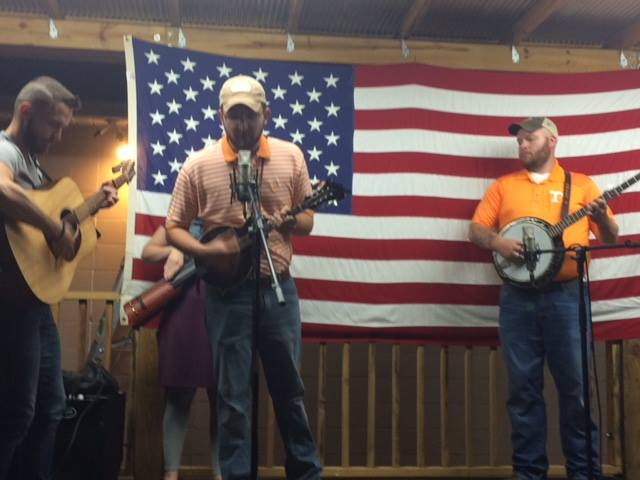Eating Acorns
/Last week’s article about Potatoes, Butter and Wealth already had me thinking about how well off we are today as compared to our ancestors – then I read this article about how to eat acorns! Well, that got me to wondering what your food situation would have to be to resort to eating this often abundant, wild nut.
I suppose our Native American ancestors may have relied on these nuts, as well as many other wild fruits, grains and nuts that we’ve completely lost the use of. But even the depression-era stories of hunger and need never included acorns - at least not the ones I’ve heard.
As I was reading the instructions on how to prepare and eat acorns I couldn’t help but remember a comical story Daddy always tells about Mr. Cross moving up to Fentress County from Pickett County. He went back home for a visit and was goaded for his decision. When asked what he was eating out there on the mountain he said, “Pine needle soup”. Farmers always question why you would move from fertile valleys onto the rocky mountain top and I don’t have a good answer for the mystery.
Still, our woods have long offered provision for the wise hunter or gatherer. I’ve mentioned before that one Cherokee traveler reported the area was flagged by his tribe as a bad hunting ground but many families found meat for their tables in deer, squirrels or even opossums when necessary. Of course as more and more people called the mountain home, there was less room for wildlife, and over-hunting left depleted populations at times.
You may remember reading Callie Melton’s account of hunting salad in the early spring here. This was a familiar story for me as I’ve heard of my Great grandmothers on both sides of the family picking greens as well as herbs they would use for cooking as well as medicine.
Stories of the great Chestnut trees that covered the entire Appalachian mountain range are legendary among woodsmen. These trees provided nuts as wells as strong, lightweight logs and lumber that were used for everything from furniture to rail fences. The Chestnut Blight began killing off stands in the late 1800’s and by the 1930’s the American Chestnut tree was practically extinct. While their rot-resistant logs and stumps hung around into the 1950’s – and in fact you still might find remnants of some of the stumps – the nut-bearing live trees were only a memory by my Daddy’s time. I’ve mainly heard of the Chestnuts being eaten as nuts and not really ground or used in cooked foods.
Is this just a limit in my own knowledge? Why do you suppose our mountaineers did not adopt this staple of their Cherokee forefathers? Certainly there’s a lot more work involved in using acorns than either chestnuts or little hickory nuts. While you can eat a chestnut raw, acorns are high in tannic acid that must be leeched out before it can be eaten. The Indians did this by soaking them in running water, but the Farmer’s Almanac says you can boil the acid out of them – although it takes several times and you have to keep at it, not allowing the nuts to cool between the pots of boiling water. So that really is a lot of work and the process may well have contributed to its lack of popularity.
Again I’m reminded to count my blessings - while eating acorns is fascinating to me, I’ll have bread today without grinding flour from acorns.
If you’ve heard stories about people using acorns I can’t wait to hear them. Please click Comments below.














